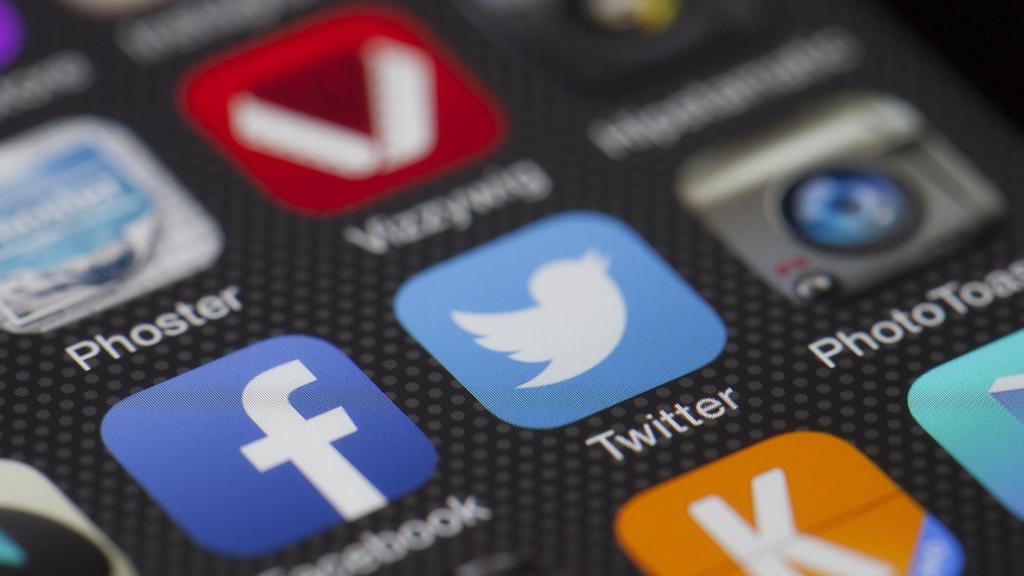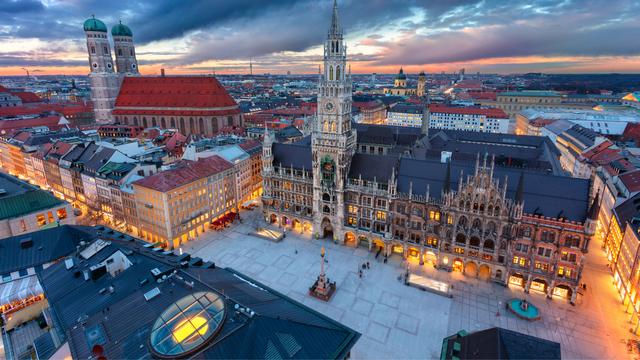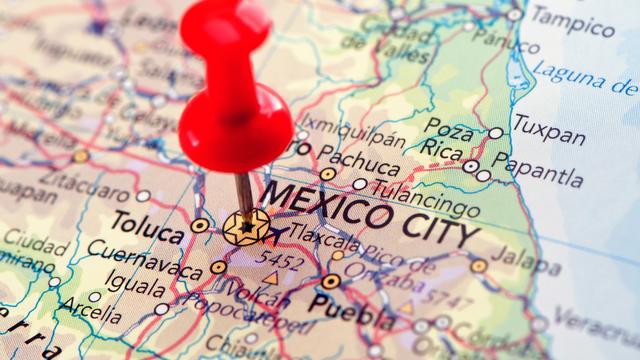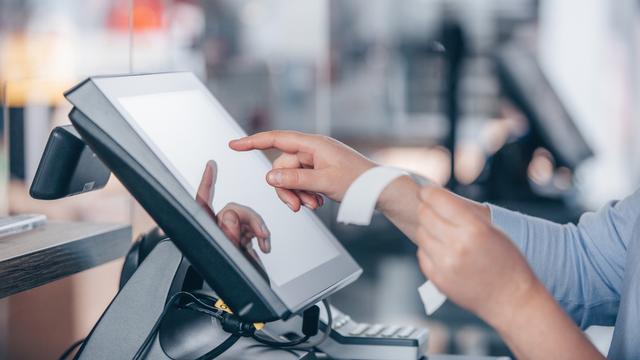Social media has been a huge part of the F&B industry since the creation of Facebook, arguably, the platform that made social media mainstream. Nowadays, it’s almost industry standard to use social media, and entire marketing strategies are created around them. In this article, I’ll talk about:
- The importance of social media in restaurant marketing
- The top social media you should be using to market your food business
- And the best practices that will take your marketing to the next level
When you finish reading this article, you’ll have a better understanding of each of the vital social media platforms you can take advantage of to market your business. You’ll also be able to tailor your content creation to reach your target audience in each of them. Let’s get right into it!
Importance of Social Media in Restaurant Marketing

Social media has had a noticeable impact on the restaurant industry due to the way they work. In a way, they’re a massive form of mouth-to-mouth marketing system. They are a hub where people from all over the world interact with each other and other businesses and brands. Social media can be summarized by the following factors:
- They are open to the whole world – the magic of the internet
- Your customers, or at least a portion of them, use social media
- You can join the conversation anytime
Social media is a way to close the communication gap between your direct audience and your business. For restaurants, the focus should be interacting with customers and potential customers, showcasing the restaurant’s information and offers, and receiving important feedback that can help it grow. This has increased the value of targeted marketing strategies and of really studying your audience to know which social media they use. Why? Because even though you can sell your restaurant to the whole world, that shouldn’t be your main focus. Instead, you should try gaining followers from a specific audience pool that you can then convert into customers. Finally, social media offers incredible advantages because it has almost limitless potential when it comes to content creation and marketing. You can post just about anything you want. Although, you should post things that get you closer to your leads and clients, regardless of where they are on the customer loyalty ladder. So, to summarize, social media is crucial because:
- Your leads, prospects, and customers are there
- You can provide them with whatever content you want
- You can create content that brings you closer to converting clients
- And you can gain valuable feedback about your business that can help it grow
And Don’t Forget About Customer Service
Something restaurant marketers often forget is that it’s not all about marketing, and social media also plays a big role when it comes to customer service. Customer service no longer ends when customers leave your business. Social media also work as unregulated, public, and often disastrous review platforms. A single post created by a dissatisfied customer can harm your business’s reputation if it goes viral in your city. As I mentioned before, social media is akin to mouth-to-mouth marketing, and this can be positive or negative depending on your restaurant’s performance, service, and overall quality. That’s why keeping up with what’s said about your restaurant online is crucial to maintaining a good reputation and doing damage control if possible. But this is nothing to fear if you’re handling your business properly and paying close attention to its overall quality.
Social Media Platforms for Restaurant Marketing

This is a rather controversial take, but every social media can be used to market a restaurant, because, why not? Of course, some platforms can benefit your restaurant more depending on your restaurant’s audience. With that being said, there are a few mainstream social media platforms that are worth focusing on. Those are the following:
- TikTok
There’s no general order or priority for them – you must discover which among these could work for you.
Basics of Social Media Marketing

Before talking specifics, there are a few basic things you can and must do on social media to kickstart your marketing strategy. The first thing you must do – let’s call it step zero – is to study which social media platforms your customers use the most. You don’t want to post on a platform that won’t get you clients eventually. That’s a study you must include while performing a market study and when creating buyer personas. After you gather that information, you can proceed with the following steps:
- Create a profile or page. You must first create a profile on the specific social media you’ll use to market your business.
- Fill your profile or page with all the information about your business. That includes adding your restaurant’s name, address, pictures from inside and outside of the venue, its location on Google Maps, working hours, menu, other social media links, and much more.
- Include the same branding elements you’re using in your restaurant and that should be present across different social media platforms and other marketing channels.
After you’ve done that, there are a few things you must determine before creating your content strategy. Keep in mind that these steps will use a lot of the information you should gather to create your buyer personas.
- The type of content that will benefit your restaurant the most.
- The message you want to deliver to your customers.
- The voice of your restaurant across different social media. Alternatively, you can create a voice/tone for each platform, which can be more effective to connect with your audience.
Now, I’ll give you an example of a simplified marketing study and a few examples of how to use that information to create content for each social media platform.
Hypothetical Marketing Study Data

A new restaurant wants to increase its social media presence and attract customers through social media. They conduct research to determine which social media platforms are most popular among their target audience. Here are the methods used:
- Online surveys: They created an online survey and shared it on their website, social media pages, and through email marketing. The survey included questions about which social media platforms their target audience uses most frequently, how often they use them, and what types of content they prefer to see.
- Social media analytics: They used social media analytics to gather information about their followers' demographics, engagement rates, and content preferences.
- Focus groups: They conducted focus groups with members of their target audience to gather insights on their social media habits and preferences.
- Competitor analysis: They analyzed the social media presence of their competitors to gain insights into what works well in their industry.
The results show the following:
- 55% of the target audience uses Facebook. This segment is mostly comprised of people between the ages of 30 to 50.
- 25% use Instagram. This segment is mostly comprised of people between the ages of 20 to 50.
- 15% use TikTok. This segment is mostly comprised of people between the ages of 18 to 30.
- 5% use other social media or none. This segment is comprised of people between the ages of 18 to 50.
Note: This is just an example and you should gather this information for your restaurant because the results won’t be the same. Additionally, these results should be used to create buyer personas, using data such as age, purchasing power, consumer habits, and much more.
Restaurant Marketing on Facebook
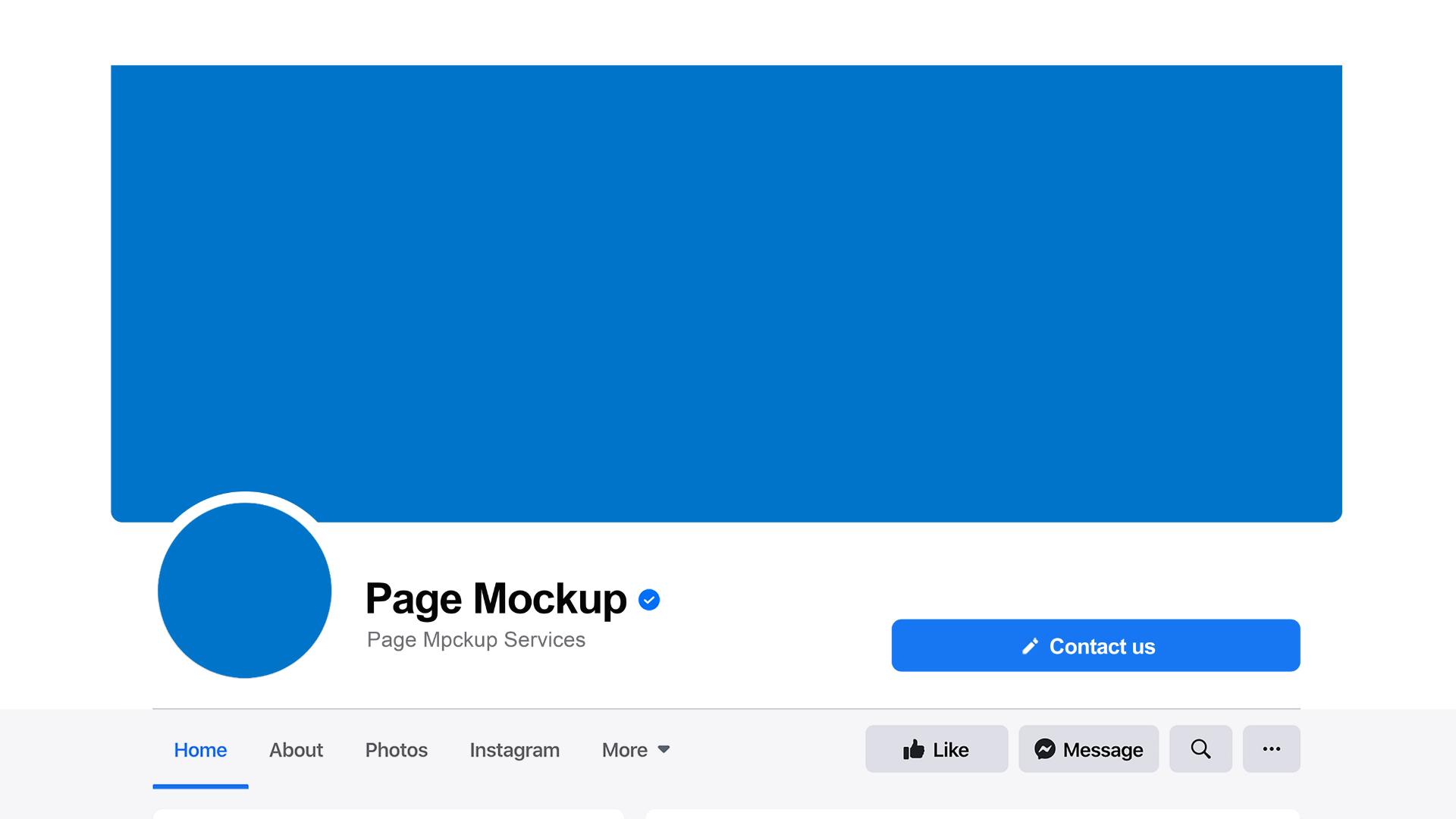
Having a Facebook page is essential to market a restaurant because it has many integrated features that make it a powerful multipurpose tool. Facebook pages are commonly used as regular web pages, though they can work in tandem with regular business websites. You can create posts, publish articles and images, have all the information about your business in one place, and interact with your customers. It also has paid advertising options that can increase your reach and target specific audience segments to maximize conversions. Additionally, it can be connected to Instagram, WhatsApp, and Facebook’s Messenger app to increase how you can interact with your customers and receive feedback.
Example of Facebook Marketing
Since most of the customers of the fictitious restaurant use Facebook, marketers for this business should focus on creating engaging and informative posts on their Facebook page. They can post about their daily specials, new menu items, upcoming events, and customer reviews. They can also share photos and videos of their food and restaurant to showcase their brand.
Additionally, using paid advertising, they should be able to reach their specific audiences by introducing data about their customers gathered in the marketing study. These tools can also be used to target local customers. This is crucial because the people that can be converted into customers more effectively are likely to live close to the restaurant’s location. So, to summarize, the restaurant should focus on the following:
- The keyword for this platform is eclectic. Take advantage of the versatile nature of the platform and post different types of content. That means posting text and image content, timeline videos, stories, polls, reviews, and much more. This will also prove effective to reach people of different age groups.
- Creating highly engaging posts that help attract potential customers and entice customers to come to the restaurant.
- Posts can be anything from videos to text and image posts.
- Publish highly shareable content.
- Publish content that’s consistent with the restaurant’s voice and brand.
- Create a content calendar that keeps the restaurant relevant and in their follower’s feeds as long as possible.
- Promote user-generated content and republish to interact with your customers.
Finally, it’s always worth mentioning that the restaurant should keep up with the customer’s narratives related to the business because it’s also a platform that has the option of receiving customer reviews. Knowing what’s said online about the restaurant can help make changes and improvements and do damage control when mistakes are made.
Restaurant Marketing on Instagram
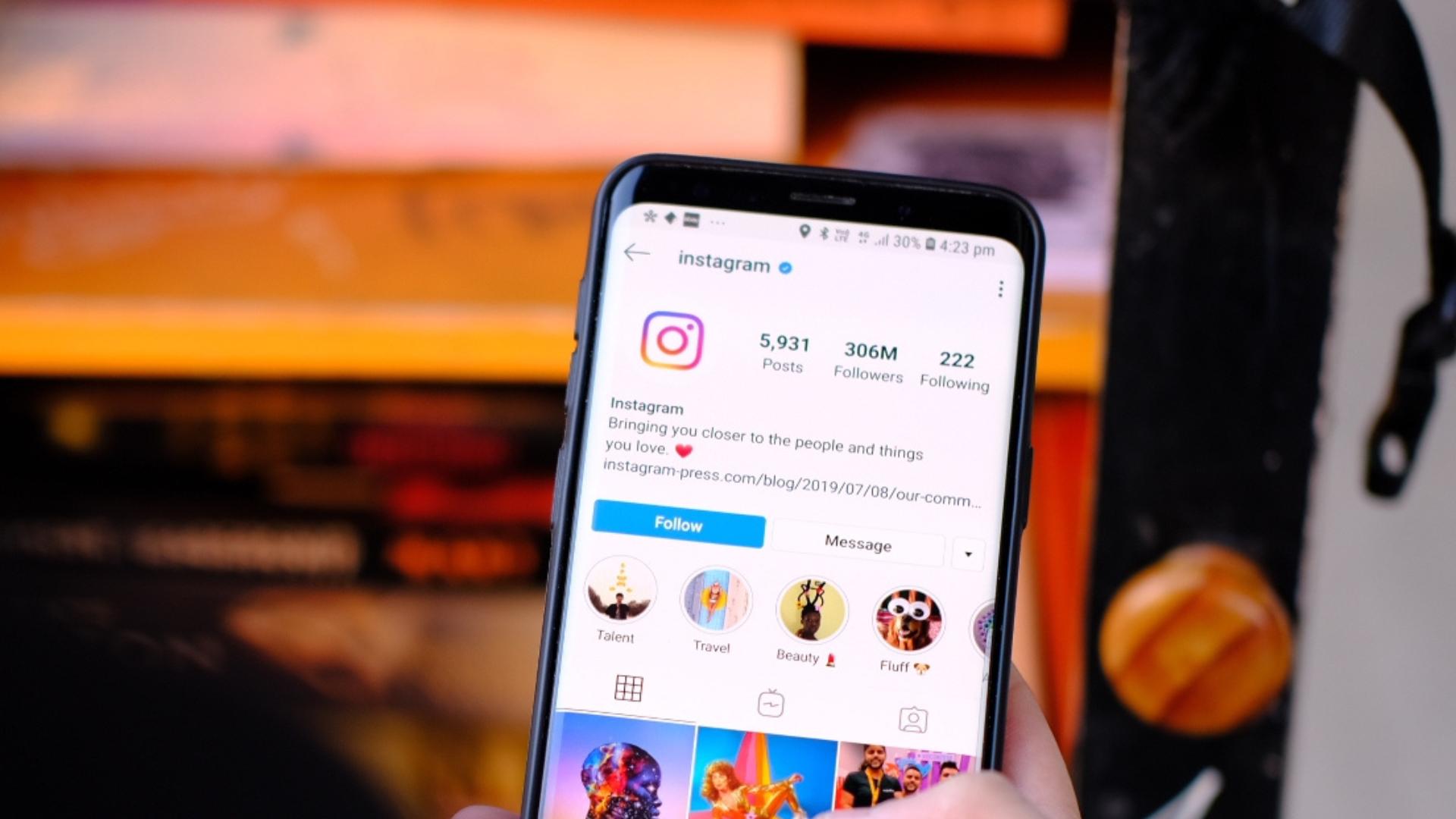
Instagram is a platform that’s a little bit more limited when it comes to content because it favors short-form content mostly. It’s also a high-maintenance platform – content creation is much more important when compared to platforms like Facebook. The good news is that it’s incredibly effective when used right. It’s a visual social media, meaning that you must focus more on creating highly engaging visual content, from reels to high-quality pictures. In this platform, the things that must shine are the ones customers can perceive. The preparation and presentation of dishes, the cleanliness of the kitchen, the beauty of the spaces, the people who work in the restaurant, and much more. It’s also important to adapt to much shorter texts in image descriptions and to research and use appropriate hashtags.
Another advantage of using Instagram is that you can share your stories on Facebook, so creating content is much more holistic and can reach customers and followers across both platforms. The same applies to advertising.
Example of Instagram Marketing
The aforementioned restaurant would benefit from creating a content calendar for both Instagram and Facebook, which can be managed from Meta’s Business Suite. It’s much easier to create and plan stories to post on both platforms that way. Instagram also gives you access to polls to make changes and improve your restaurant in numerous ways, or to simply interact with customers. The restaurant would benefit from the following:
- Creating content for both Facebook and Instagram at the same time when relevant or possible.
- Using high-quality photos and videos of dishes for posts.
- Keeping up with Instagram trends that are relevant to the restaurant.
- Reaching out to Instagram influencers to collaborate on creating content or for paid honest reviews of the dishes.
- Taking advantage of user-generated content.
Instagram is very straightforward – if it looks good on camera and there’s an interesting story to back the images and videos, posting it is almost mandatory.
Note: Check out our guide on how to create video content for your restaurant for more tips.
Restaurant Marketing on TikTok
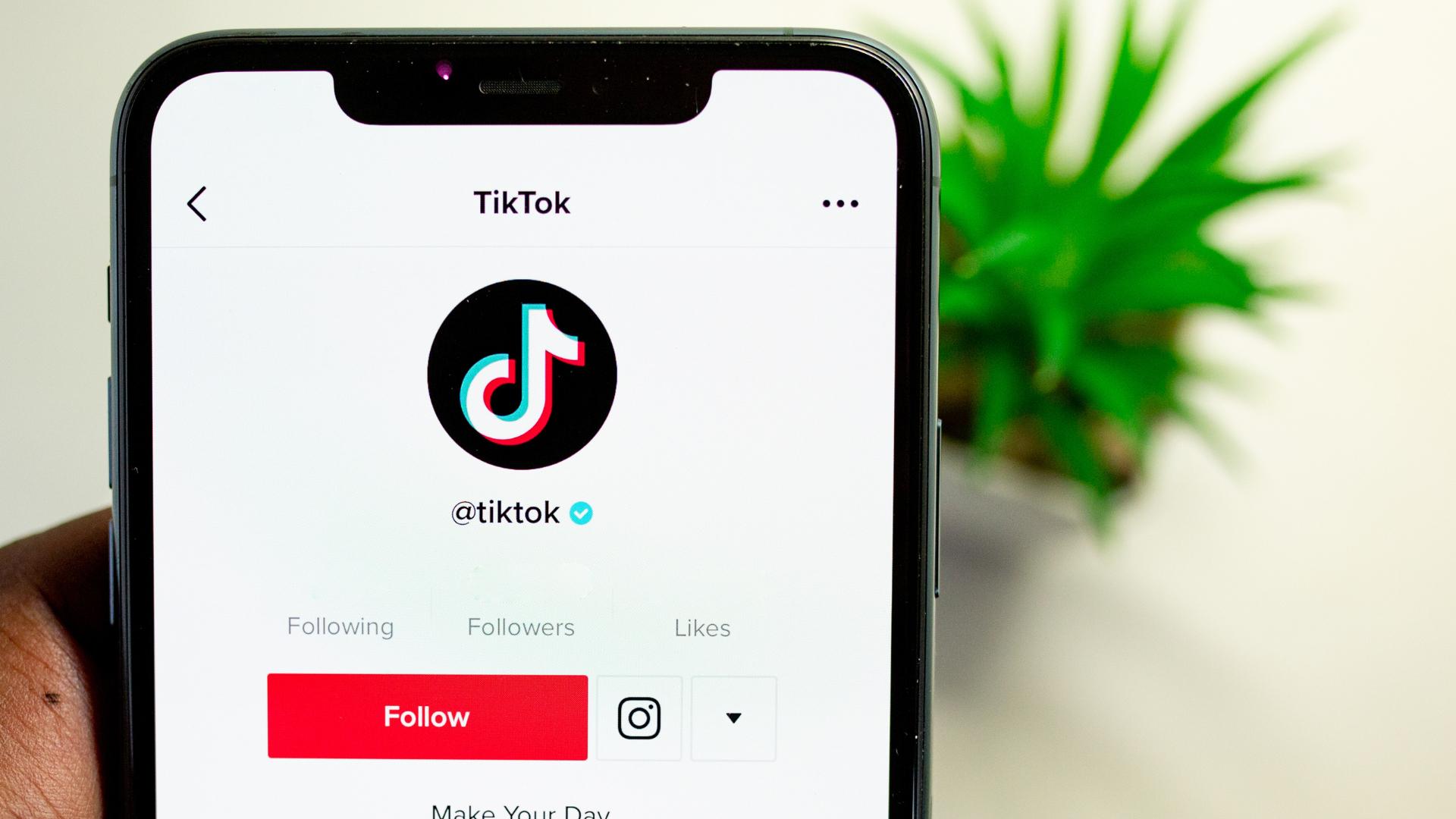
It’s a social media platform that allows users to create and share short videos. It has become an effective tool for businesses to market their products and services. It offers restaurants very similar tools to the ones offered by Instagram but with a focus on short videos. The advantage, though, it’s the virality potential of every single video that you post. For some reason, it’s much easier to grow a TikTok account when compared to other social media platforms. Another thing about this platform is that it’s much more personal and less formal, mostly because a younger audience uses it, making the content feel authentic. Since that’s the case, it’s also a much more creative and relaxed platform, making it the perfect environment to take advantage of influencer marketing and user-generated content. Interacting with customers is easier and there’s always the potential of going viral with a single video. The downside though is that it’s a globalized platform – it’s hard to target specific customers in your area, making the platform a bit of a wild card in terms of marketing.
Example of TikTok Marketing
TikTok also benefits from tips on video content creation. Keeping videos short and authentic is crucial, and that’s a strategy the restaurant must get accustomed to. Engaging with customers and influencers is key, while also using the same formula used to create visually attractive Instagram content. The difference is that in TikTok (and maybe in other social media, too), three types of content can be used for marketing purposes:
- Sticking to the basics – content that takes fewer risks, like regular recipes and showcasing videos. The benefit is that this type of content also translates well to or from other platforms, so it can be posted on all of them by adapting the format.
- Emulating other content by recreating trends. TikTok has different trends going on at all times and emulating them or adapting them to a business’s strategy can be successful.
- Coming up with highly creative content that can become viral or a trend. Since the platform promotes the consumption of content at a fast rate, any video can become viral, making the business a trendsetter and increasing its reach.
As for the type of content, they must make sure they’re creating content that younger audiences can relate to.
Other Social Media Platforms
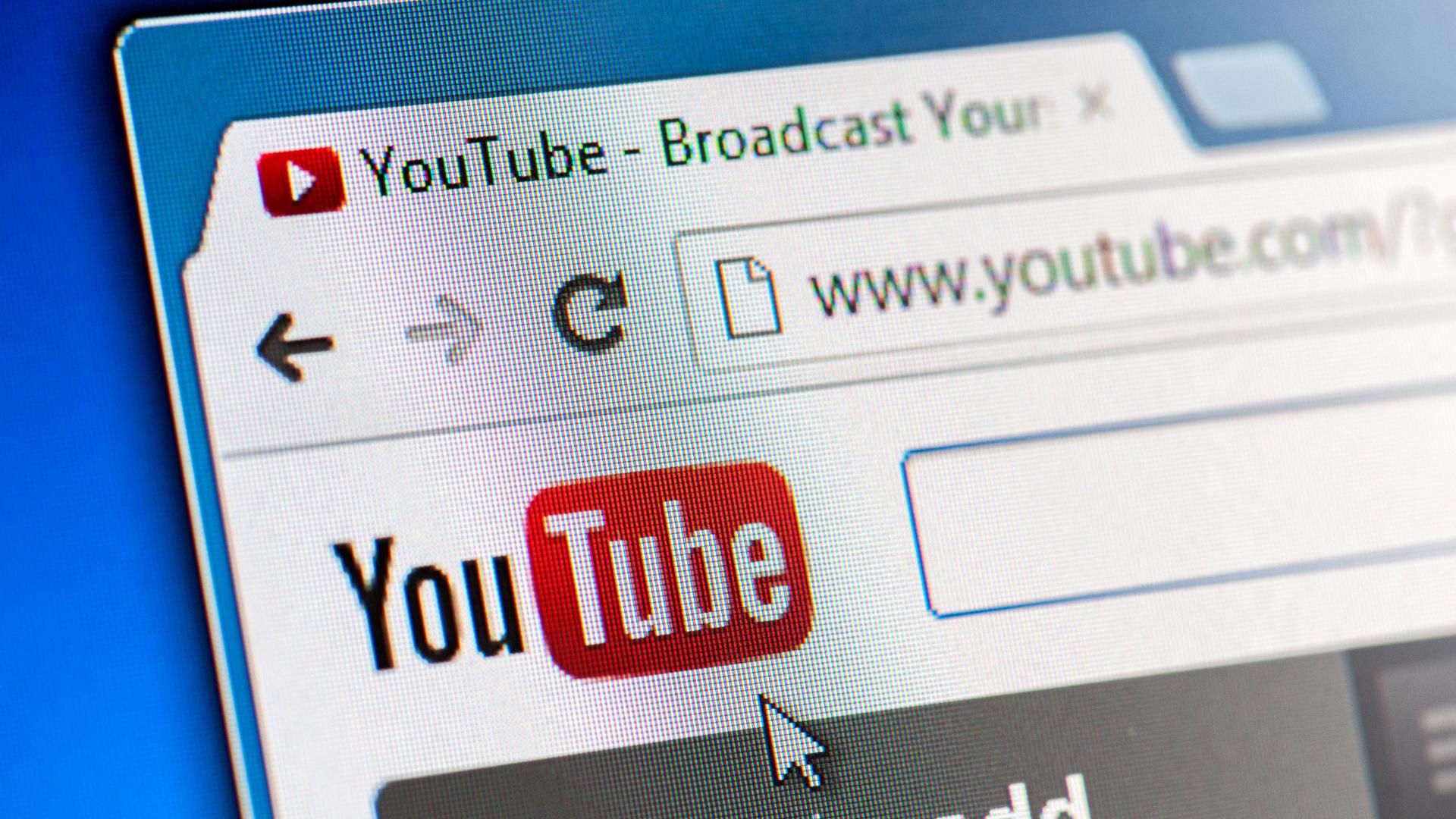
Even though the platforms mentioned above are the best ones to market a restaurant, there are numerous others you can use to market your business. Here’s a list of honorary mentions you can start using or that can be integrated with the ones you’re currently using:
- WhatsApp and Facebook Messenger: Since these are part of Meta, you can integrate them with Instagram and Facebook easily. WhatsApp also offers effective business options you can use to take orders from clients that have your restaurant’s number.
- YouTube: This one is also great to create both long and short-form video content. It allows you to further develop your business’s brand and gives you many more options regarding the content you can create. Finally, the content published on YouTube translates well to Facebook and Twitter (and others) and can be adapted to TikTok and Instagram formats to create multipurpose content.
- Twitter: This one has been around for quite a few years, and even though it’s not as popular as it used to be, it still can help your restaurant if your audience uses it. Additionally, it can help you build brand awareness by simply having a profile that links to your other social media. It also offers paid advertising options.
- Twitch and Discord: These are a little weird and out of place, however, some restaurants have been experimenting with them due to the popularity of the platforms among younger audiences. They can be used to create live streams directly from your kitchen, competitions, challenges, and more engaging events.
- Foursquare and LinkedIn: Foursquare is beneficial for bigger venues that serve as a hub for meetings and corporate-like customers, and LinkedIn complements that perfectly. Also, LinkedIn is a great way of finding staff members with targeted job posts.
Creating a strategy that encompasses these social media platforms is not easy, but it can be done if your market study proves it’s worth the effort.
Measuring Success on Social Media With Metrics and Tools

This is the final step that’s crucial to the success of any restaurant looking to establish a strong online presence. With the help of metrics and tools, which are available for free on each platform, it is possible to track and analyze various aspects of social media performance, including engagement, reach, and even conversions if you pair that data with your restaurant’s traffic or sales. That’s information you can easily obtain from a POS system like Waiterio, which offers you detailed reports about your business’s performance. Learn more about Waiterio here.
It is important to note that while metrics and tools are essential, they should not be the only focus of your social media journey. Instead, focus on building relationships with your audience, creating valuable content, and engaging with your followers. If you combine these elements with a data-driven approach, you can create a winning social media strategy that delivers results and builds lasting connections with your audience. Are you taking advantage of these tools?
